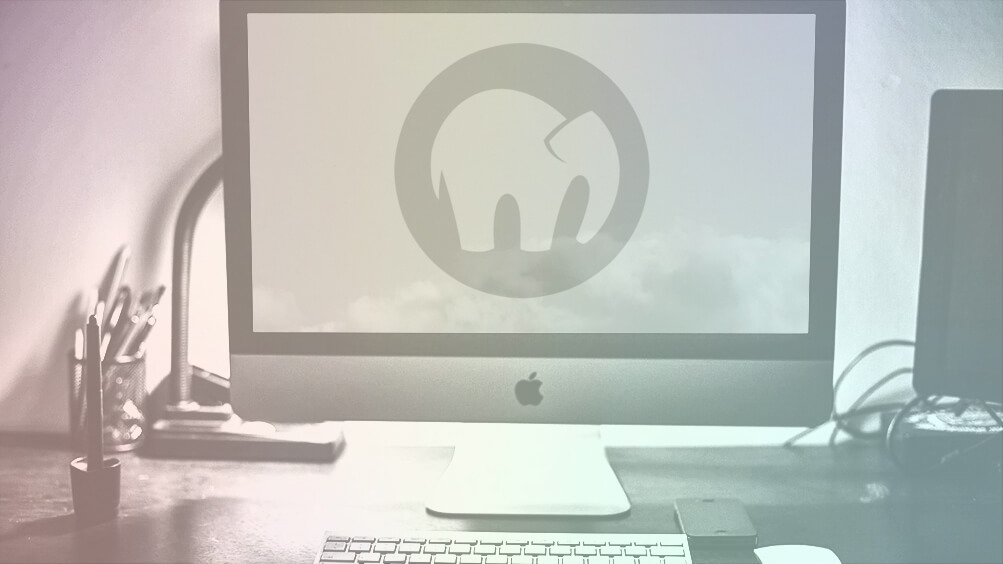

Over time people have gravitated to their particular favorites when it comes to how to set up a web server, how to develop interactive programs, how to store data and other needs. It’s like a good team - you need a group of people who are good at their particular skill set.

PHP is rarely installed in isolation from other components. We’ll provide detailed instructions on how to set up a web server with PHP with each of these PHP environments in other articles, but let’s start with a list of some of the different methods for installation and the most popular options. Maybe your company uses Microsoft SQL Server or a “SQL-less” database like MongoDB. Components: Just what do you need to get things done? Maybe you’re just wanting to use PHP and don’t need data storage, so there’s no need to install a database.Other users might want more particular control, and install the various components themselves so they know exactly what version they're using. Level of Control: It’s easy to just get started with a package installer, like Bitnami or XAMPP, which installs the most common systems (such as a web server, a version of PHP, and a database server like MySQL or MariaDB).

For example, users running Linux will have the option of using PHP with the web server Apache or Nginx, while Windows users might want to use Microsoft IIS.


 0 kommentar(er)
0 kommentar(er)
